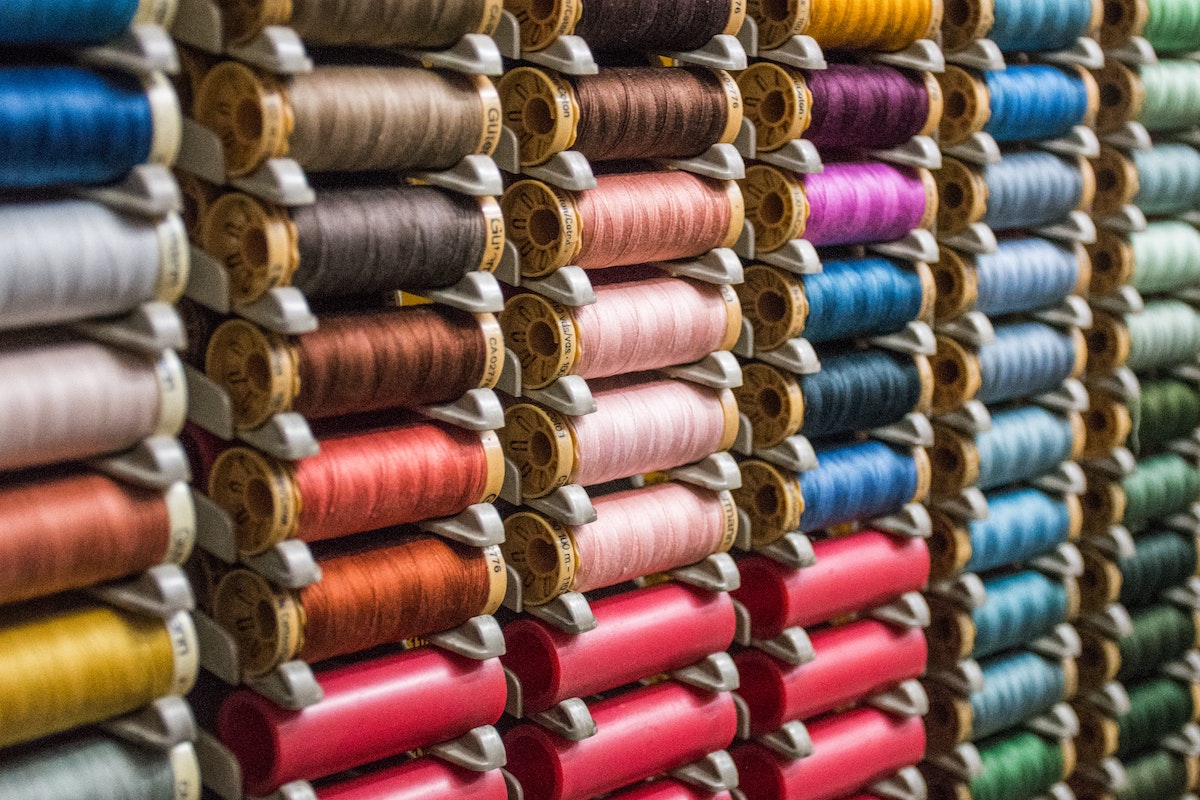People all over the world spend hundreds of dollars on beauty products regularly. With so many options available online and in grocery stores, more people are enticed to go on a skincare journey.
But, over the years, more ingredients have also been introduced and incorporated in skincare, with each one promising to address common concerns. Years ago, the trendy addition to beauty routines was snail mucin, the actual slime that is excreted by the shelled gastropod. It is said to hydrate the skin, push back signs of aging, and repair damage caused by environmental factors such as the sun’s harsh rays.
Nowadays, it is harder to keep up with whichever miracle substance is meant to make people look forever young. There are AHAs and the BHAs, galactomyces, azelaic acid, ceramide, hyaluronic acid, propolis, and so much more. The myriad of options out there allows consumers to choose depending on their skin type and concerns. They can tailor their own routine, choosing to incorporate only those with ingredients that will guarantee results.
However, not all consumers know enough about these ingredients to choose the ones that will be appropriate for their skin or be aware of how to use them. There are dangers to using the wrong skincare products for your specific skin type or misusing it.
The Danger of a Chemical Burn
Last year, a writer published a story of her experience using a skincare product that has been popular in the skincare community. The product is a chemical exfoliant that promises to slough away dead cells and reveal young-looking skin. Everyone from magazine editors and social media influencers to the thousands of reviewers on Amazon swear that it works. It makes their skin smooth and keeps them looking young. It only needs to be applied once or twice a week to get incredible results.
However, the writer had a different experience. Her skin did not feel soft or look younger. The next morning, she woke up with a chemical burn. She followed exactly the instructions on how to use it. She did a patch test, kept it on for no more than 10 minutes, then washed it off completely.
It turned out the product had a high concentration of AHA, too high for something sold over the counter. While 30 percent AHA — which is the product’s star ingredient — can be applied to the skin without a problem, it should be done with a professional around. An aesthetician or a dermatologist should apply it so that they can analyze if your skin can tolerate it.
Instead of using a chemical exfoliant at home, it is safer to get a facial spa treatment that uses active ingredients in the right concentrate for your skin.

The Problem with Mixing Brands
When brands launch a new skincare line, they usually recommend that consumers use all these products together for the best results. It is not just a marketing strategy to encourage people to buy the entire line and spend more money. Their claim is true.
A line of multiple skincare products is formulated to work together. Their ingredients are compatible with one another.
However, when consumers mix and match skincare products from different brands, it can be quite dangerous. The active ingredients in these skincare products might cancel each other out or, worse, damage the skin.
Some ingredients should not be layered on top of each other such as retinol and vitamin C. Using products with both ingredients will irritate the skin.
Consumers must learn about the products they want to use before haphazardly applying them all over their skin.
The Consequences of Over Exfoliating
People new to skincare learn immediately that they need to exfoliate to reveal brighter, youthful, smooth skin. However, not everyone knows the proper way to do it.
Some of them apply exfoliants and think that the tight feeling they get from it means that it is doing wonders to their skin. Quite the opposite. Experts say that dry and peeling skin, as well as acne breakouts, are signs of over-exfoliation.
Generally, exfoliation should be done once or twice a week. It does not matter if you are using a chemical or a physical exfoliant. Applying it every day is just too much for the skin.
As soon as you notice symptoms of over-exfoliation, stop. Wait for your skin to fully heal before you start exfoliating again, and then, next time, do it less often. In the meantime, use a mild cleanser, a fragrance-free moisturizer, and a rich emollient or aloe gel.
Skincare seems fun until your skin reacts badly to a new product you have applied to your face. Like any product in the market, consumers should do their research before making a purchase.




